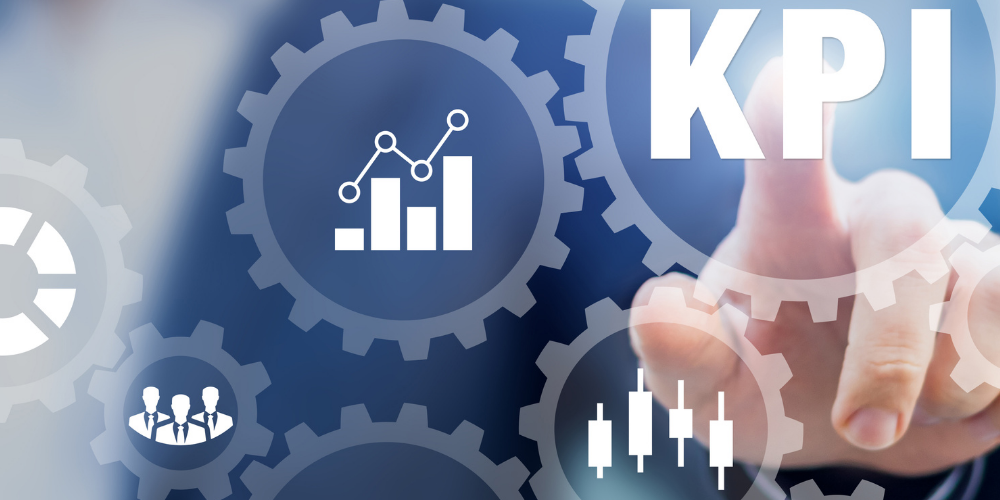
If you are working hard to keep your customers happy, it’s time you started keeping track of customer support KPIs (Key Performance Indicators) to see how customer experience can be further enhanced and if your agents are actually working hard to gain customer loyalty.
Measuring performance is not easy; in fact, at times it can get totally messy. Not only do you have to give incentives to your customer support representatives based on their KPIs but also ensure that the customer’s KPIs are always put ahead and not overlooked.
KPIs essentially help to identify areas for improvement within your setup and to celebrate your employees’ success.
There is a need to strike a balance between both performance areas and for this purpose, you should identify KPIs that help to improve customer retention and at the same time, help you measure your employees’ performance.
So, let’s find out how you can get the most out of customer support KPIs so you don’t lose sight of the bigger picture.
What Customer Support KPIs Should You Track?
There are many metrics that you can track ranging from abandoned conversations and average resolution time to employee engagement and customer satisfaction (CSAT) scores. You can also look at the total number of conversations started and the average time to close a conversation.
Choosing which of these metrics will help your business depends largely on the nature of your product or service. The right balance of KPIs is an ever-evolving process because your business preferences, objectives, and vision evolve over time.
However, there are a few metrics that will always help you identify the key areas that are doing better than others as well as determine if your employees are actually putting in the effort to gain customer loyalty.
KPIs to Measure Performance
Some of the KPIs that will give you an insight into how well your team is performing include;
1. First Response Time or FRT
If your customers are able to connect to an agent within a minute and have their query resolved in a short time, they are more likely to come back and buy from you again.
The metric that helps you measure the average FRT to see how soon an agent responds to a customer query. If your employees are giving consistently high scores in this area, it means they are handling the queries quite well.
Response time can be reduced by hiring more agents or having a chatbot application installed on your system.
2. CSAT Or Customer Satisfaction Score
Without any doubt, this is one of the most important metrics that will help you understand if the costs you have set aside solely for customer services are actually justified.
Measuring CSAT is largely a process that involves customer feedback itself. Customers are highly likely to give their feedback when they are totally satisfied or totally dissatisfied with the service. So, this is a method that almost always works.
You can use a formula to calculate the % of satisfied customers based on the total number of responses and choose the ones that say they were either satisfied or very satisfied with your service.
3. Net Promoter Score or NPS
While CSAT is a measure of customer satisfaction, NPS is an indicator of customer loyalty to the company. If you find CSAT to be based on biased responses or a way to evaluate its efficacy, you can use CSAT in conjunction with NPS and another metric known as customer effort score or CES.
NPS essentially measures customer experience with your brand and you can measure it by asking the customer directly how likely they will recommend your company to a friend or colleague.
NPS is important because it predicts your business growth. A satisfied customer will promote your brand through word of mouth and act as a gateway to getting more “loyal” customers.
4. Conversations Pulled Per Hour or CPH
Calls or chats pulled per hour is a metric that measures the productivity of your call/contact center. You can find out how many calls a particular agent receives in an hour. However, there are a few things that may affect this metric including shift changes, time away for agents, and agent training.
Getting an overview of CPH over a period of 30 days is a good way to assess your agents’ performance. If there are agents who consistently answer a low number of calls, you may want to offer them training or incentives to help them improve.
On the other hand, if an agent is receiving too many calls per hour, it may indicate that they are being overworked and hence hiring another teammate may help reduce their workload.
A possible disadvantage of this metric is that some agents might be spending more time handling challenging conversations. While, others may just focus on answering more calls and wouldn’t care about the quality of their response or whether they were able to satisfy the customer or not.
This is where a CSAT score can help you determine if an agent actually cares about quality. You must now be able to understand that all these metrics complement one another. If you’re merely focusing on CSAT without knowing other areas, it may reflect biased responses. Similarly, if you only measure the total number of conversations an agent handles per hour, you may only be looking at their speed rather than their competence or ability.
There are customer support software programs that can measure and track all these metrics for you. You can also have your own program developed by an expert to track only those metrics that are important to your business.
Conclusion
Metrics help measure performance in any area of a business. For customer services success measurement, certain KPIs are tracked to see where your team is doing well and where it needs improvement. In addition to team performance, you can also boost your customer retention by aligning products and services to make customers happier and more satisfied.
